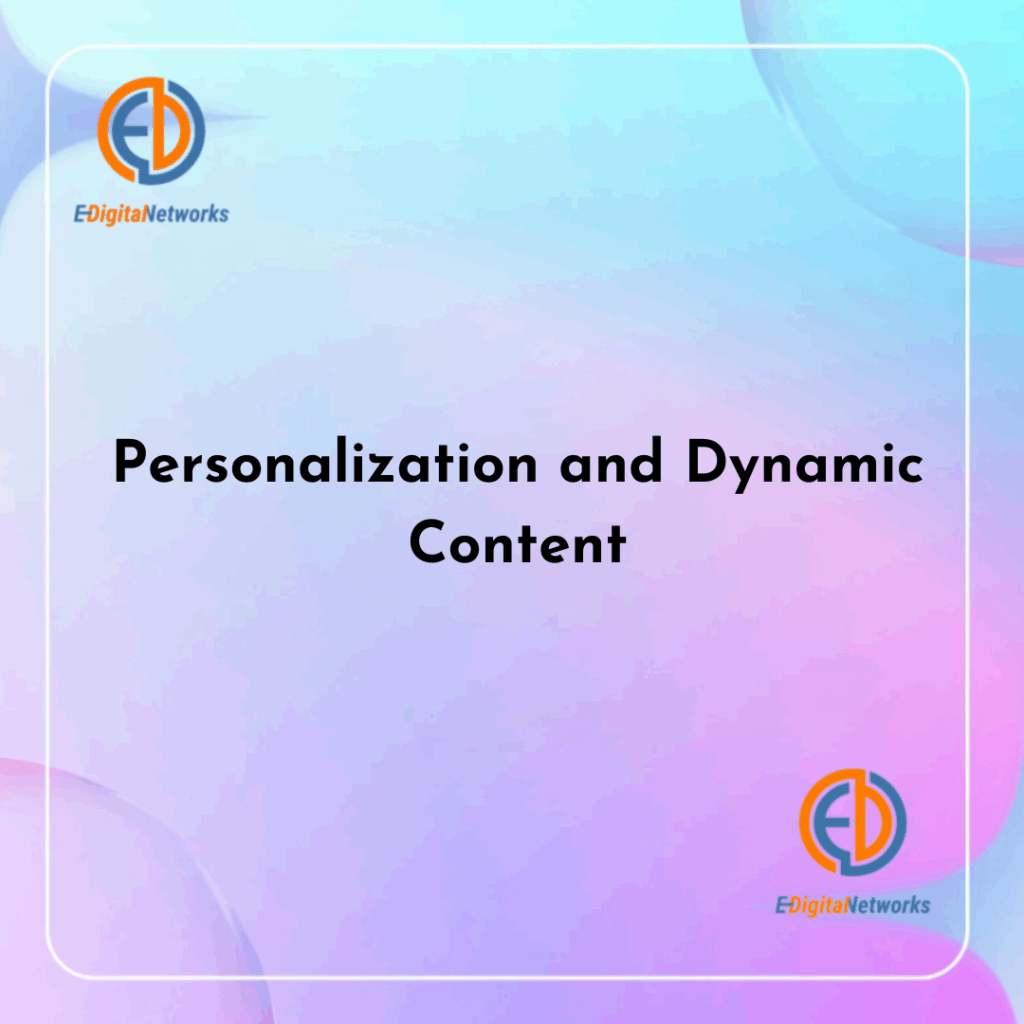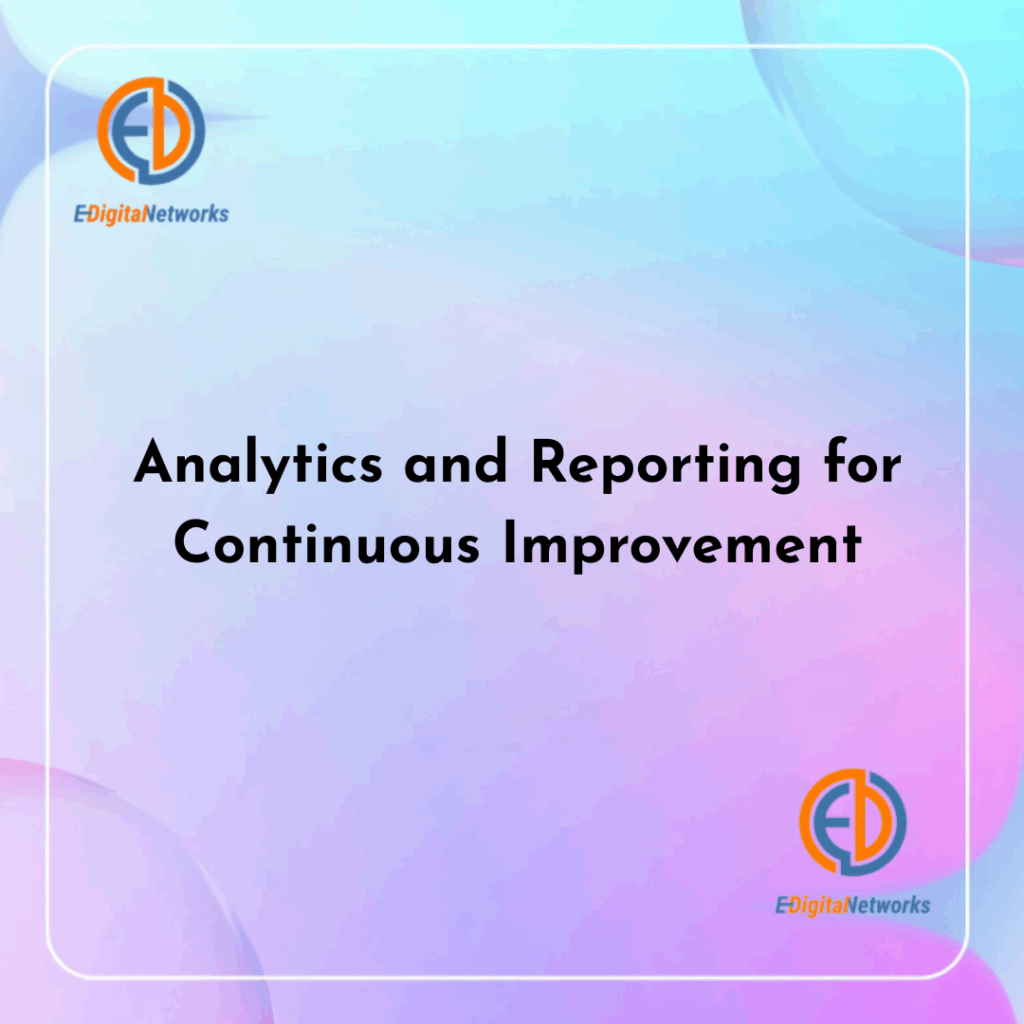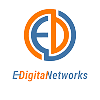Salesforce Marketing Cloud stands out as a complete platform that enables organizations to interact with customers at every touchpoint in the ever-changing world of digital marketing. Content Builder Salesforce Marketing Cloud, a potent tool that lets marketers create customized, brand-consistent email content with ease, lies at the heart of this ecosystem.
The modular structure of Content Builder simplifies content production and guarantees campaign compliance, whether you’re creating visually appealing newsletters or dynamic promotional messaging. The integration of CRM Email Salesforce Marketing functionality, which uses rich customer data from Salesforce CRM to create highly relevant and targeted emails, is equally important. Marketers can send the right message to the right person at the right time by combining CRM information with content development.
From comprehending the UI of Content Builder to utilizing sophisticated personalization strategies and efficiently assessing results, this article explores 10 essential components of being an expert in email marketing inside Salesforce Marketing Cloud. Best techniques for creating captivating emails, automating customer journeys, and rigorously testing campaigns will be taught to you. We’ll also look at how new developments are influencing email marketing going forward, such as AI-powered content suggestions and real-time interaction management.
After completing this in-depth analysis, you will have a solid framework for utilizing Salesforce Marketing Cloud’s features to boost deliverability, increase client engagement, and generate quantifiable return on investment. Regardless of your level of experience with Salesforce, these insights will help you improve your email marketing tactics and maintain your competitive edge in the cutthroat digital landscape of 2025.
Understanding the Content Builder Interface
Understanding Content Builder’s layout, which consists of a core canvas surrounded by reusable materials and content blocks, is the first step in using it. Marketers may drag and drop text, photos, buttons, and dynamic components into pre-existing templates or design new ones from scratch. The library ensures uniformity across many campaigns by storing papers, code snippets, and graphics. Global styles make it possible to adjust brand fonts and colors in one location and have them appear in all emails. Maintaining effective workflows requires knowing how to classify files for quick access and arrange folders, particularly when several teams work together on extensive email programs.
Core Features and Capabilities
Numerous content kinds are supported by Content Builder, such as AMPscript for enhanced customization, HTML blocks, and dynamic content areas. Users can use prebuilt actions like View in Browser links and tracking pixels, or they can integrate their own code modules. The technology manages responsive design automatically, guaranteeing that emails display at their best on PCs, tablets, and smartphones. Automated content recommendations and optimal send-time recommendations are made possible by integration with Einstein AI. Furthermore, Content Builder’s version controls and approval processes uphold brand governance and regulatory compliance, which is essential for businesses operating in highly regulated sectors.
Crafting Engaging Email Content
Understanding subscriber motives and pain areas is the first step in creating compelling email content. To test different subject lines, preheaders, and body material, Content Builder provides A/B testing blocks. Including narrative components, such as client endorsements or behind-the-scenes information, encourages emotional responses. Concise paragraphs and bullet-like sections enhance readability, while clear, action-oriented CTAs direct receivers toward desired results. Credibility is increased by including social evidence, such as user-generated material or star ratings. Marketers may produce aesthetically pleasing and convincing emails that appeal to a variety of target demographics by combining these strategies with Content Builder’s design capabilities.

Personalization and Dynamic Content
Dynamic content, which shows various blocks according to subscriber factors like location, past purchases, or loyalty status, is one of the most powerful features. Marketers may include real-time fields in email templates using CRM Email Salesforce Marketing data, guaranteeing that every message represents the recipient’s distinct profile. For example, new members may view instructional materials, while VIP clients may receive exclusive discounts. By using AMPscript or SSJS to inject sophisticated logic, such as countdown timers or customized product suggestions, advanced customization increases engagement and conversion rates through meaningful relevance.
Integrating CRM Data for Targeted Campaigns
The most recent lead and contact information is used to inform email sends, thanks to a smooth interaction between Salesforce CRM and Marketing Cloud. Real-time updates from automated data extensions enable campaign triggers based on Salesforce events, including support cases or opportunity phases. Manual exports are eliminated and data silos are reduced by this close linkage. In order to guarantee that subscribers receive timely follow-ups, marketers may also design journey entrance events that listen for CRM updates. Email marketing becomes more accurate by utilizing complete CRM synchronization, which generates more qualified leads and builds stronger client connections.
Automation with Journey Builder
Journey Builder coordinates intricate multi-step email sequences across channels, while Content Builder manages production. By combining push notifications, in-app communications, and SMS with email, marketers can create comprehensive customer journeys. Subscribers are guaranteed to follow individualized courses thanks to decision splits depending on email activity, such as opens or clicks. Dynamic, real-time replies are made possible via schedule delays, random splits for testing, and data changes inside trips. This orchestration increases the likelihood of desired results by converting static campaigns into dynamic ecosystems that adjust to individual actions.
Best Practices for Design and Accessibility
Making your material accessible guarantees that all users, including those with impairments, can interact with it. High contrast text choices, semantic HTML for screen readers, and alt text for pictures are all supported by Content Builder. Usability is enhanced by straightforward layouts, large text sizes, and connections with clear labels. Using integrated accessibility checkers during testing identifies places that need to be changed. Additionally, a modular, mobile-first design approach ensures that emails are both aesthetically pleasing and responsive. Consistent branding components, such as color palettes and logos, strengthen company identification without compromising usability.
Testing, Previewing, and Validation
Thorough testing is a must before deployment. Predictive inbox rendering previews, which display how emails look in well-known clients like Outlook, Gmail, and Apple Mail, are provided by Content Builder. Deliverability risks are measured by spam filter testing, and faulty URLs are detected by automated link validation. Frameworks for A/B testing enable comparisons of content variants that are statistically significant. Sending to seed lists facilitates performance measurement in the real world. This thorough testing process guarantees excellent, error-free emails that uphold compliance and brand trust.

Analytics and Reporting for Continuous Improvement
Campaign performance is revealed via post-send analytics, which monitor ROI indicators, click-through rates, open rates, and bounce rates. The analytics dashboards in Journey Builder show segment performance and drop-off points within trips. Deeper insights like multi-touch attribution and client lifetime value analysis are made possible by integration with Tableau CRM or Datorama. Marketers may improve their targeting, timing, and content strategies by routinely evaluating these KPIs and doing root-cause studies. Data-driven cycles of continuous improvement make sure that every email campaign learns from its prior success and produces ever-better outcomes.
Future Trends and Advanced Techniques
Going forward, more customization and content optimization will be fueled by AI and machine learning. Hyper-personalized suggestions based on cross-channel activity and predictive topic line generators are about to become commonplace. To increase relevance, real-time interaction management (RTIM) will send emails based on real-time data streams. Additionally, headless email infrastructures will be supported via modular content blocks, allowing other APIs to insert dynamic content. By keeping up with these developments, you can make sure that your company stays at the forefront of digital interaction by utilizing Salesforce Marketing Cloud’s Content Builder and CRM Email integration in a cutting-edge manner.
Conclusion
Unmatched potential for customized, automated, and quantifiable email campaigns may be unlocked by mastering the Content Builder Salesforce Marketing Cloud and CRM Email Salesforce Marketing connection. Marketers may create captivating experiences that connect with subscribers and promote long-term company success by comprehending key characteristics, adopting best practices, and using data-driven insights. Sustained success in the ever-changing field of email marketing will be ensured by ongoing learning and experimentation as technology advances.

